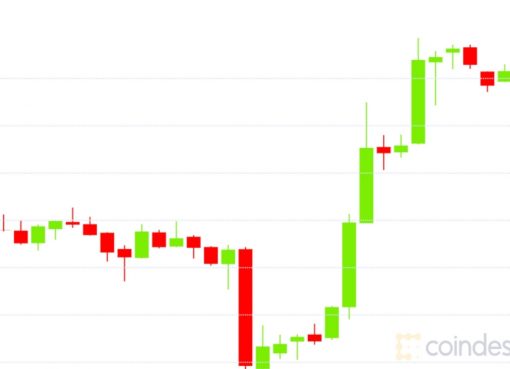The recent decision by the U.S. Securities and Exchange Commission (SEC) to classify Polygon’s MATIC token as a security has sent ripples through the cryptocurrency community. This decision, based on the SEC’s interpretation of the Howey Test, has been met with considerable debate and disagreement. Many argue that the classification of MATIC as a security is a misinterpretation of the token’s true nature. Here, we delve into five reasons why MATIC should not be considered a security.
The Principle of Decentralization:
One of the most compelling arguments against the classification of MATIC as a security is its inherent decentralization. Traditional securities are typically issued by centralized entities, such as corporations or governments. They represent an ownership stake in these entities or a claim on a portion of their income or assets. MATIC, like many other cryptocurrencies, operates on a fundamentally different principle. It is decentralized, meaning it is not controlled by a single entity. Instead, a network of nodes maintains the Polygon blockchain. This decentralization is a defining characteristic of cryptocurrencies and sets them apart from traditional securities.
The Utility of the MATIC Token:
MATIC tokens serve a specific purpose within the Polygon ecosystem. They are not merely speculative assets; they have a functional role. MATIC tokens are used for paying transaction fees, participating in the proof-of-stake consensus mechanism, and accessing various services on the Polygon platform. This functionality extends beyond the simple expectation of profit that characterizes securities. It demonstrates that MATIC has intrinsic value as a utility token, contributing to the operation and maintenance of the Polygon ecosystem.
Absence of Dividends or Interest:
Securities often provide holders with dividends or interest, which represent a share in the issuer’s profits. However, holding MATIC does not entitle the holder to a portion of Polygon’s profits or revenue. While MATIC holders can earn rewards through staking, these rewards are not guaranteed and depend on network participation. They do not stem from the financial performance of a central issuing entity. This distinction further separates MATIC from the traditional concept of a security.
Open Source and Transparency:
Polygon operates on an open-source model. Its codebase is publicly accessible, and anyone can audit it. This level of transparency contrasts sharply with the often opaque nature of securities, where information asymmetry between issuers and investors can be a significant issue. The open-source nature of Polygon underscores its role as a utility token rather than a security. It allows for a level of scrutiny and accountability that is not typically associated with traditional securities.
Community Governance:
MATIC holders have the ability to influence the development and future direction of the Polygon network through a community governance model. This is fundamentally different from securities, where shareholders may have voting rights but do not directly influence the day-to-day operations or strategic decisions of the issuing entity. In the Polygon ecosystem, MATIC holders can propose and vote on changes to the network, reinforcing the decentralized and democratic nature of the platform.
Conclusion:
While the SEC’s classification of MATIC as a security is a significant development, it is crucial to consider the unique characteristics of cryptocurrencies and the broader context of blockchain technology. The decentralization, utility, absence of dividends or interest, transparency, and community governance associated with MATIC all suggest that it functions more as a utility token within the Polygon ecosystem than a traditional security. As the regulatory landscape for cryptocurrencies continues to evolve, it will be essential to ensure that classifications accurately reflect the diverse and complex nature of these digital assets. The debate surrounding MATIC’s classification underscores the need for a nuanced understanding of cryptocurrencies and a regulatory framework that can accommodate their unique characteristics.




